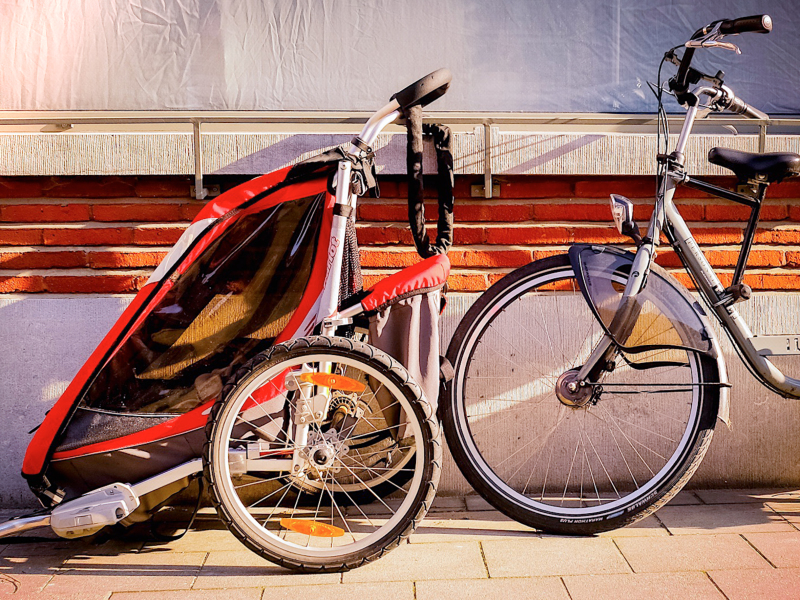Cycling in Wallonia: does it pay off?
13.55
From 2013 to 2014
TML, together with Pro Velo, conducted a study on the social benefits of cycling in Wallonia, examining impacts for 2012 and 2030 using a model based on a 10% cycling rate. This methodology included mapping health benefits, cost savings for households, and impact on the local economy, as well as evaluating accident risks with increasing bicycle use and infrastructure improvements.
Getting around by bicycle provides high social benefits. It is good for one’s health, cheap, makes cities more liveable, pollutes less, is a better use of limited space ... In addition, cycling in its own way contributes directly to the local economy through the sale and (especially) maintenance of bicycles. On the other hand, more cycling in many cases also means an increased risk of accidents and falls.
We studied the effects for 2012 and 2030. We calculated the effects for 2030 with a small model based on a situation with a 10% share of bicycles. The main conclusions on the effects of this scenario are as follows:
Getting around by bicycle provides high social benefits. It is good for one’s health, cheap, makes cities more liveable, pollutes less, is a better use of limited space ... In addition, cycling in its own way contributes directly to the local economy through the sale and (especially) maintenance of bicycles. On the other hand, more cycling in many cases also means an increased risk of accidents and falls.
We studied the effects for 2012 and 2030. We calculated the effects for 2030 with a small model based on a situation with a 10% share of bicycles. The main conclusions on the effects of this scenario are as follows:
- The social benefits are between 4 and 11 times greater than the costs.
- The social benefits are estimated at €800,000,000.
- Health benefits are by far the most important:
- The number of deaths in Wallonia reduces by 400 per year.
- Health benefits are estimated at around €1,000,000,000.
- Households can drastically reduce their transport costs by about €140,000,000. Almost €50 million of this amount is taxes and excise duties (which are not considered an asset to society).
- Most of the gain for the household is the reduced use of the car.
- Operating costs for public transport can be reduced by €50,000,000.
- €30,000,000 of this is a decrease in government contribution, which is good for the government budget.
- The gains are probably due to a decrease in the growth of public transport, not a decrease in their service level.
- The relative risk of cycling accidents (risk of accidents per km) decreases due to the increase in the number of cyclists (safety by numbers) and additional investment in better infrastructure.
- The number of additional deaths is very limited, between 0 and 7.
- The number of additional injuries is significant, evaluated between €130,000,000 and €175,000,000.
- 4,000 jobs would be present in the broad sector of cycling by 2030.
- The bicycle retail sector has a job intensity four times higher than the car retail sector (jobs/euro of sales).


